The truth is that music styles come and go. Music has existed in some capacity for as long as humanity has. Thus, it makes sense that some music genres and artists end up being written into the annuls of time as legends, while others fade into the background with little impact on the technical side of the musical arts. In the modern day, hundreds of genres and genre-related music scenes have largely fallen out of favor. People are open to trying new music, even if they have preferred genres. However, many identities remain shaped by the music they prefer to listen to. It can remind them of people they love, memories they cherish, and places they wish to one day visit again. Still, some songs end up becoming part of a forgotten music genre that disappears into history. Let’s examine ten forgotten music genres that have disappeared from the scene.
To populate this list, we looked at genres for which the primary major artists have stopped touring and making new music. The reasons why varied from the death of major members of the genre’s internal industry to simply being replaced by more prevalent styles of music. However, we attempted to choose mostly genres that did not have a wider impact on music techniques—that is to say, while they may have been popular, their influence on wider music teaching is limited to circles in which these styles of music remain popular. Music genres that had a wide influence on modern music creation can hardly be called “forgotten” after all.
Grunge
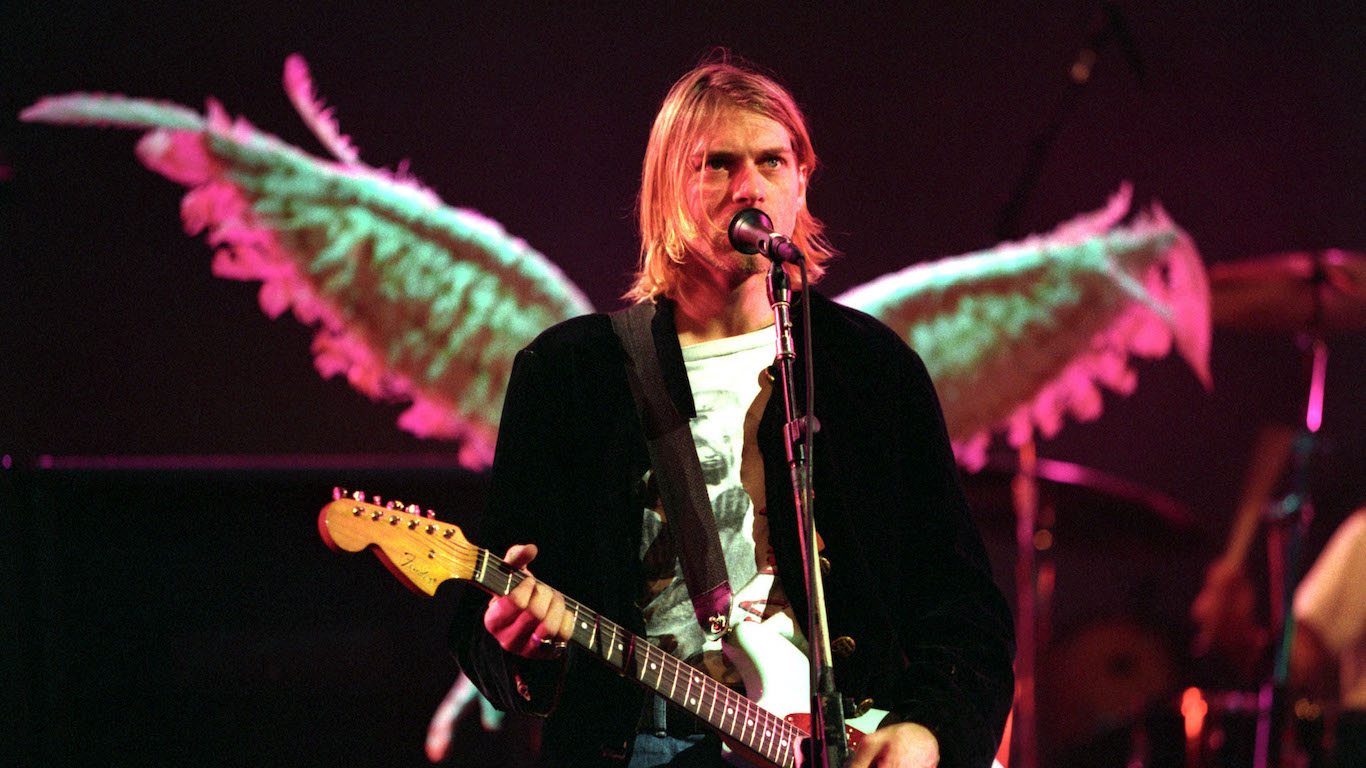
Kurt Cobain of Nirvana (Photo by Jeff Kravitz/FilmMagic)
The grunge genre is beloved by fans, but mostly forgotten by newer generations. It was a “blink and you miss it” experience in the 90s after the scene emerged in the Pacific Northwest. Seattle-based bands like Nirvana, Pearl Jam, Alice In Chains, and Soundgarden fronted this moody mix of punk and metal, featuring distorted guitars and vocals to produce a gritty sound. Their angsty lyrics highlighted the most frustrating aspects of life and society. This moody and unhappy tone resonated strongly with young people at the time. It provided a darker foil genre for the more colorful and excessive glam rock bands of the 80s that had made up a large portion of the music market in the years just before grunge’s emergence.
Aesthetically, grunge couldn’t have been further from 80s glam rock if it tried. Grunge bands sported simplistic aesthetics, dressing down instead of going for the elaborate aesthetic costuming seen in the wider rock scene at the time. This “everyman” aesthetic made them unique in the musical landscape of the time, which was dominated by glamorous shows of excess and frivolity.
The death of the wider grunge scene really started with Kurt Cobain’s death. The legendary frontman’s suicide left a dark cloud over the grunge genre and its listeners felt the loss in every facet of their favorite music. As a result, interest in the genre waned. Early adopters of the grunge scene would later change their music and aesthetic to fit into a more conventional rock-n-roll genre. Doing so provided them with a wider audience, which was necessary for them to adapt to the changing musical scenes and the decline of the grunge genre.
Third Wave Ska
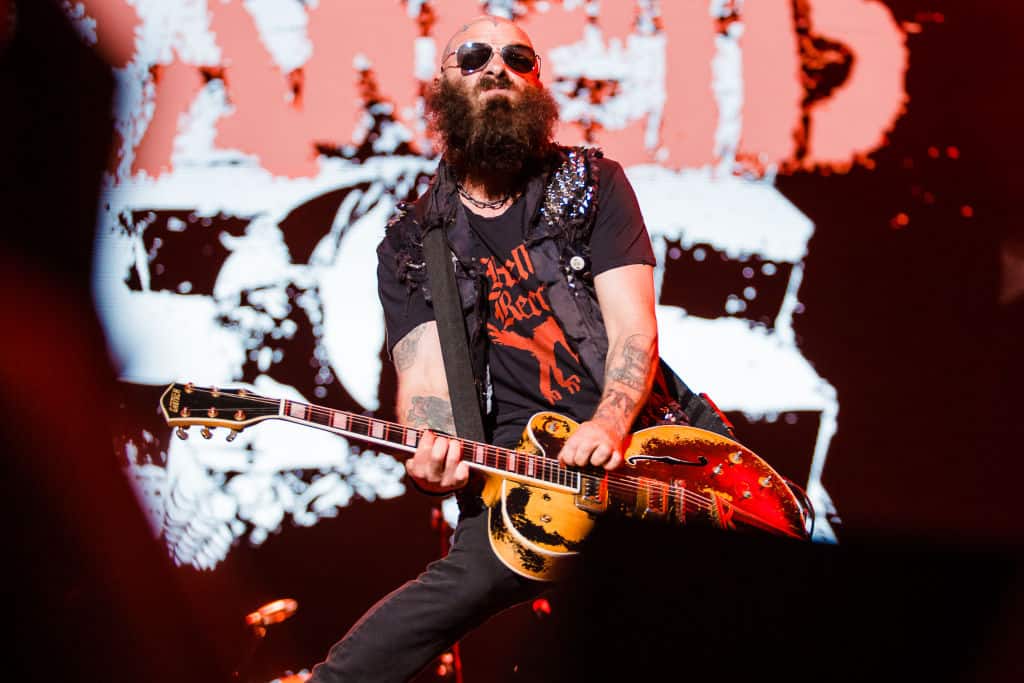
This genre is not to be confused with Jamaican Ska, from which it is a derivative. Third Wave Ska was a considerably more rock-oriented genre than its Jamaican predecessor. The genre was initially an offshoot of the American punk scene and rarely enjoyed the more traditional sounds and instruments that were associated with Jamaican Ska, which has been a staple pillar of the Jamaican music scene since the 50s and has had a major influence on modern Jamaican music. While most Americans are more familiar with reggae when it comes to Jamaican music, Jamaican Ska is actually the parent genre of reggae and many other genres of music that are primarily of Jamaican descent.
Third Wave Ska bands took a wholly different approach to Jamaican Ska, although it retained some core principles of the parent genre. Third Wave bands focused on grand-scale guitar riffs that were aimed at impressing audiences with complexity and skill backed by powerful horn sections and upbeat, fun melodies. The genre saw moderate success in the 90s with bands such as Reel Big Fish, the Mighty Bosstone, Less Than Jake, and Rancid becoming commercially successful in the era. However, the success of Third Wave Ska was limited and short-lived.
By the turn of the 21st century, Third Wave Ska had already declined beyond the point where it was salvageable. Interest in the genre waned and bands began to lose profits to the point where they were no longer. By 2020, Third Wave Ska is but a shadow in the music industry that most have forgotten, and no new bands to innovate the principles of the genre. It also had very little influence on the modern evolution of music that came after it.
Disco
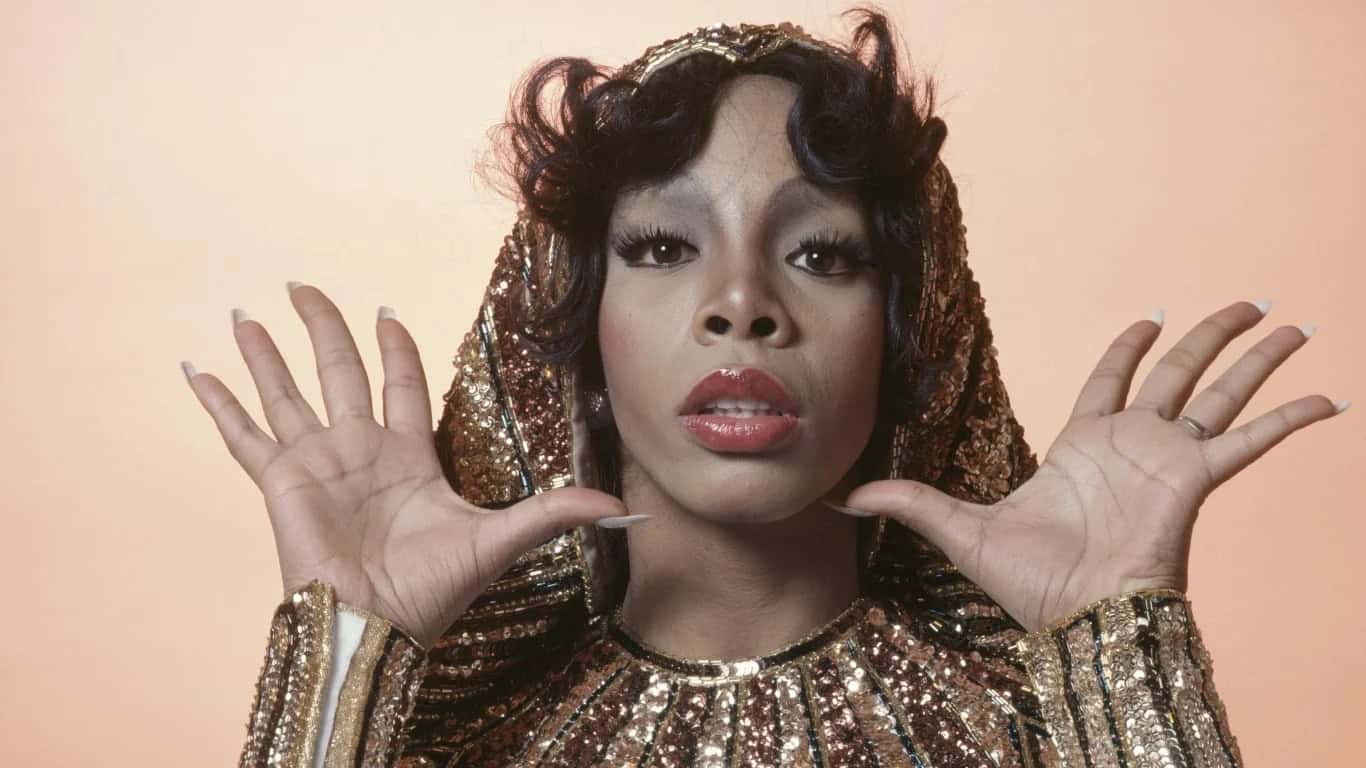
In the 70s, Disco was it. It was the most popular music on the club scene and its popularity continued into the early 80s as it retained its popularity in urban nightlife. The success of Saturday Night Fever with its Bee Gees-fronted, Grammy-winning soundtrack brought heaps of attention to the genre. Gloria Gaynor and Donna Summer became radio favorites and American radio became a huge scene for Disco’s popularity. It was such a popular genre, that some radio stations switched to an “all-disco” playlist to the dismay of DJs like Steve Dahl who hated the genre and wanted to see it put in the ground. The “all-disco” playlists also alienated listeners who weren’t as fond of disco, especially on stations that had previously been known for other genre focuses.
Speaking of Steve Dahl, he can largely be credited with the fall of disco. This Chicago DJ set up a “Disco Demolition Night” in 1979 where fans of the Chicago White Sox could see the game for just $1 if they handed in a Disco record when they got to the stadium. Unfortunately, the Sox lost the game, putting strain on the home crowd. When Dahl initiated the Disco Demolition Night main event, where he brought all the surrendered Disco records out in a crate and blew them up, the crowd rioted. The riots caused widespread violence and damage to the stadium and were highly publicized by the media, which put a stain on the Disco genre’s name and led to people wanting to distance themselves from the once ubiquitous genre.
Pop Punk
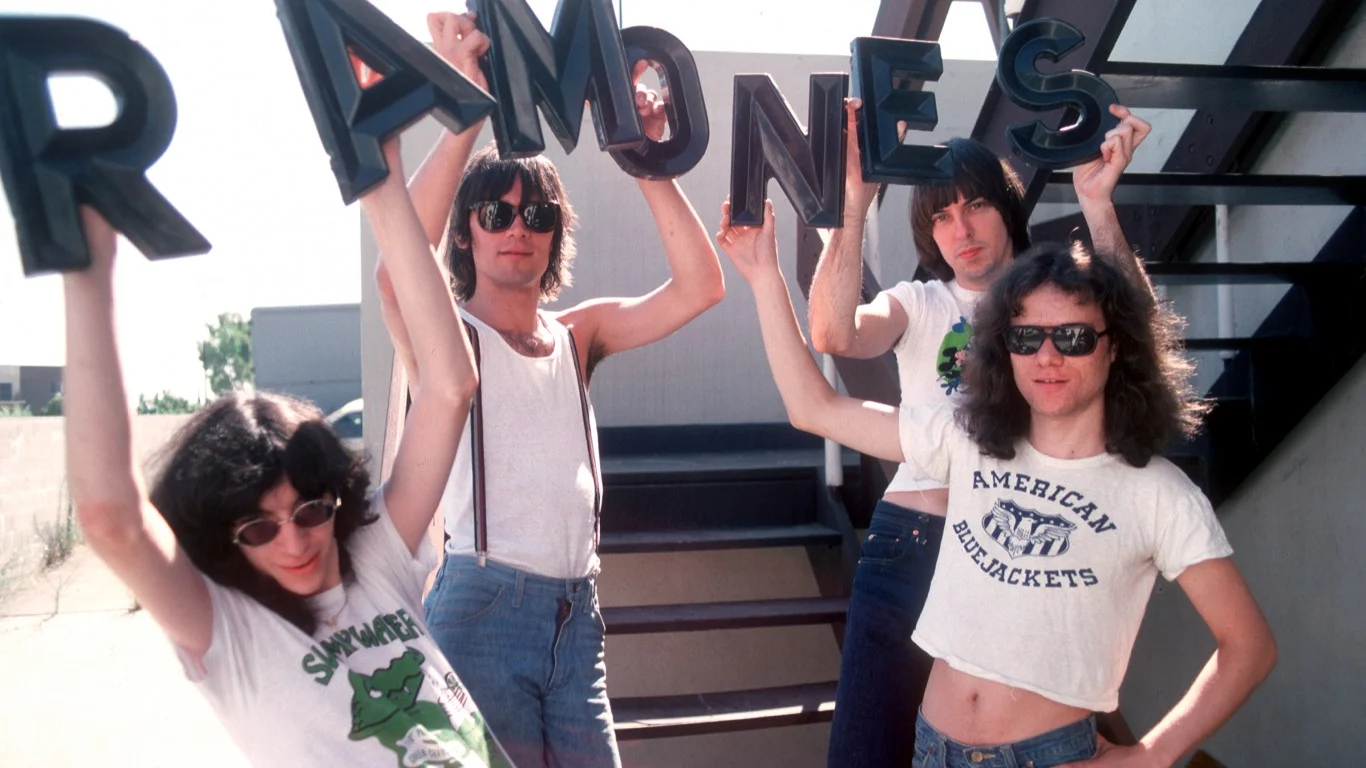
The American punk scene was distinct with its fast-paced and aggressive sound. Traditional American punk sounds are harder, moodier, and angrier than what many Americans are used to listening to in the modern day. However, pop punk was its unique scene with a sound that fused the upbeat and more melodious sounds of the American pop scene at the time with the quick and aggressive background tracks associated with the punk scene. The first big pop-punk hit was actually in the 70s when the Ramones gained relative success. However, it was in the 90s when the scene exploded with popularity and public attention.
In the 90s, popular pop-punk idols exploded into the mainstream of public media attention, bringing us legendary musicians like Green Day and Offspring. These bands rocketed into public attention with huge followings, widespread radio play, and tons of TV time. As the era progressed, the pop-punk continued to thrive with more hit bands like Sum 41 and Blink-182. Unlike the angry, moody punk core scene, the pop-punk scene fully embraced its pop-driven roots with lighter-hearted party-oriented tracks that became a staple of American house parties for years. However, as the century turned and strict punk became less prevalent, along with the fall of the 90s grunge scene, the American youths yearned for something moody and dark to capture the pain and struggles of teenage life.
Pop punk’s party tracks were great for letting loose and getting schwasty, but they lacked the raw emotional core feelings that made punk so great. Thus, as the century turned, pop punk started to disappear as the younger generations abandoned it in favor of the more moody and dark emo phase.
Glam Metal
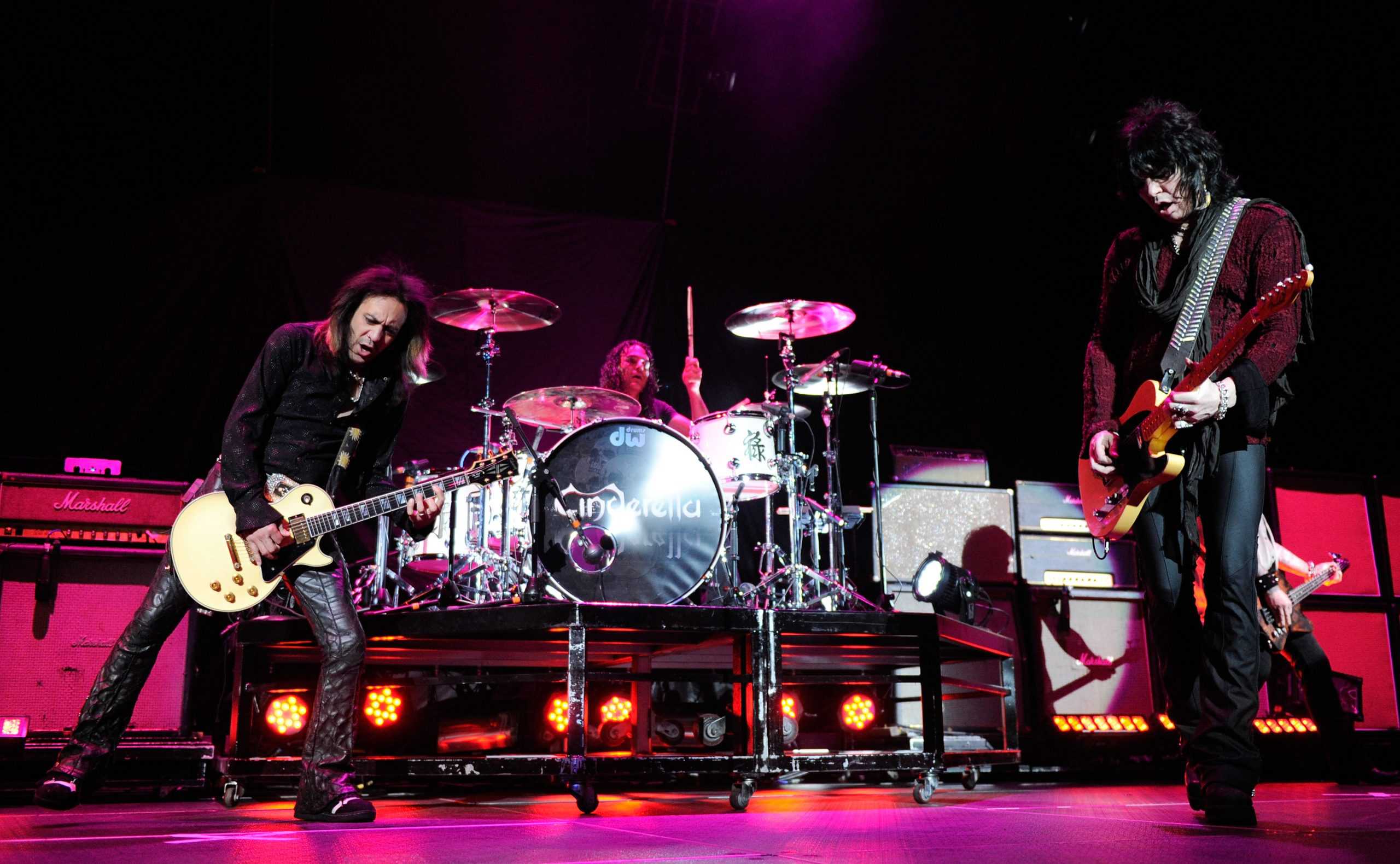
While you could consider grunge to be a foil genre for any of the glam genres, no genre is more thematically opposite of grunge than glam metal. The most glamorous of the glam genres, glam metal artists would don layers of flashy makeup, flamboyant costumes, and hairstyles bigger than their heads that probably put some holes in the ozone layer during their creation. There is some history that precedes the creation of glam metal and glam bands in general. These genres emerged right around the time that MTV became a staple of the United States entertainment industry. MTV brought the concept of the music video to the forefront of the music industry.
However, the prevalence of the medium also meant that bands started caring more about their visual aesthetic than before. While most bands and genres had a cohesive visual aesthetic, the nature of music media limited showcasing it to shows, posters, and merchandise. With the advent of the music video, bands had a new way to project their original aesthetics.
Glam Metal took its visual inspiration from 70s glam rock sensations like KISS and upped the musical ante with a heavier, angrier sound associated with metal. Bands like Cinderella and Poison enjoyed considerable success with their aesthetically intense antics both on and off stage. However, very few glam metal bands survived the 90s and those that did, such as Pantera, underwent drastic visual transformations from their traditionally glamorous images. There was a brief resurgence of glam metal in the 21st century with bands like Steel Panther and The Darkness, but they didn’t achieve widespread enough success to bring the genre back from the grave.
New Wave
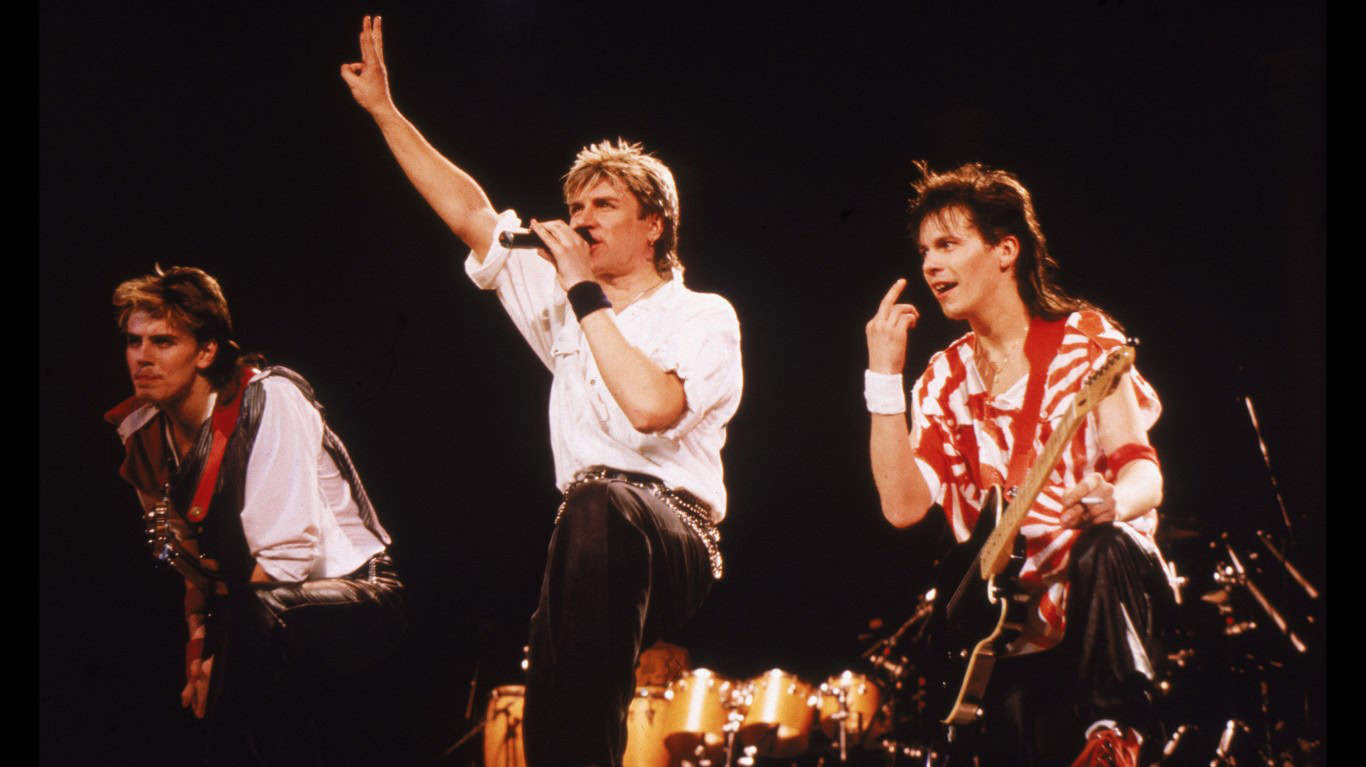
The New Wave sound first appeared in the 70s, taking inspiration from the punk and electronic genres that were prevalent at the time. New Wave tracks stood out from the crowd with synthesizers and fast-paced guitar melodies, taking a page out of the books of its parent genres. However, the genre saw a boom of success in the 80s when New Order, a New Wave pioneer band, put out the greatest-selling vinyl single of all time, Blue Monday in 1983. The success that New Order achieved would rocket the New Wave genre into the public eye and allow more key New Wave figures to crop up in the wake of the boom of public interest.
Various New Wave legends such as The Cure, Duran Duran, Devo, and The Cars emerged as the scene picked up speed. The genre was especially popular in Europe and saw several offshoot genres inspired by traditional European music as well, such as Lo Movida Madrileña in Spain and Neue Deutsche Welle in Germany. The New Wave genre saw massive promotions from MTV, with The Buggle’s Video Killed the Radio Star as one of the many music videos used to promote MTV’s initial launch.
However, as the era progressed and transitioned into a new era, New Wave began to blend with other popular styles of music at the time. The melding of musical genres is normal and represents the natural evolution of musical style as time progresses. Still, by the 90s, New Wave had faded away, leaving behind elements that many artists have incorporated, but none that would define themselves strictly as New Wave offshoots or derivatives. New Wave’s longest-lasting achievement is its influence on the rock-n-roll scene, which had previously been mostly Blues-esque sounds and instruments.
Gangsta Rap
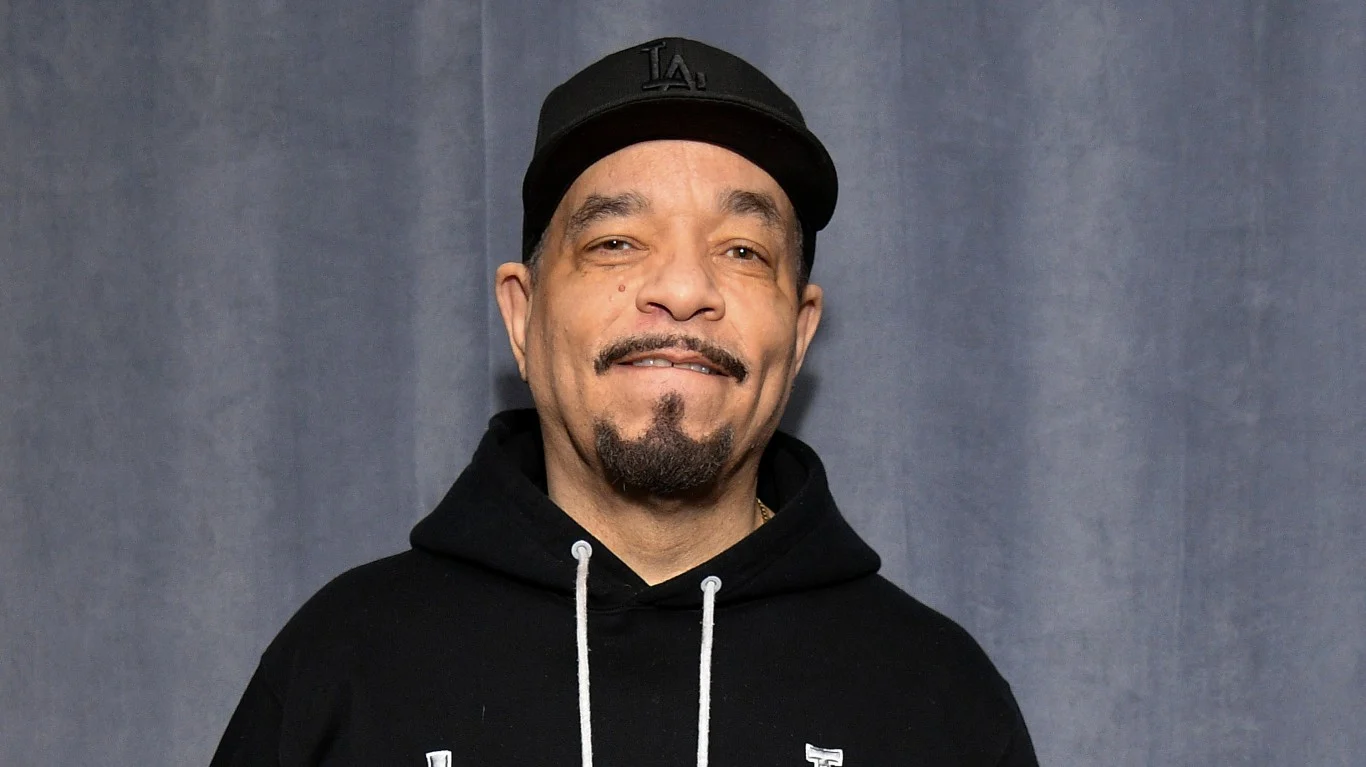
During the mid-80s, artists such as Ice-T and Schoolly D pioneered the gangsta rap scene, releasing tracks with violent, hard-hitting lyrics that often tackled difficult topics. Unlike the lighter-hearted scenes, gangsta rap distinguished itself with violent, angry lyrics that covered often ignored experiences by young black gang members. They documented the violence and criminal behavior in gory, explicit detail that captured the hearts and minds of many young people. The legendary West Coast rap group, N.W.A. burst onto the scene with Straight Outta Compton and rocketed the scene to worldwide acclaim. Other legendary artists such as Snoop Dogg, Too Short, Tupac Shakur, and Scarface all enjoyed great success among young people who appreciated the raw lyrics that represented an expose of a life that many people knew nothing about.
However, the rap scene changed greatly at the turn of the 21st century. A new generation of rap artists entered the scene with new players such as Eminem and Kanye West, who featured more introspective lyrics and moved away from some of the harsh and violent topics that made gangsta rap “gangsta.” As the century progressed, more rap artists, such as Kendrick Lamar, entered the scene, moving even further away from the violent and gritty lyrics and sound that had been a hallmark of 80s gangsta rap. New rap tracks focused on becoming party anthems about wealth, success, and love.
The modern rap scene does retain some thematic similarities to the original gangsta rap scene that gave it life. However, on the whole, it has evolved into a completely different animal that doesn’t take much from its predecessor genre.
Emo
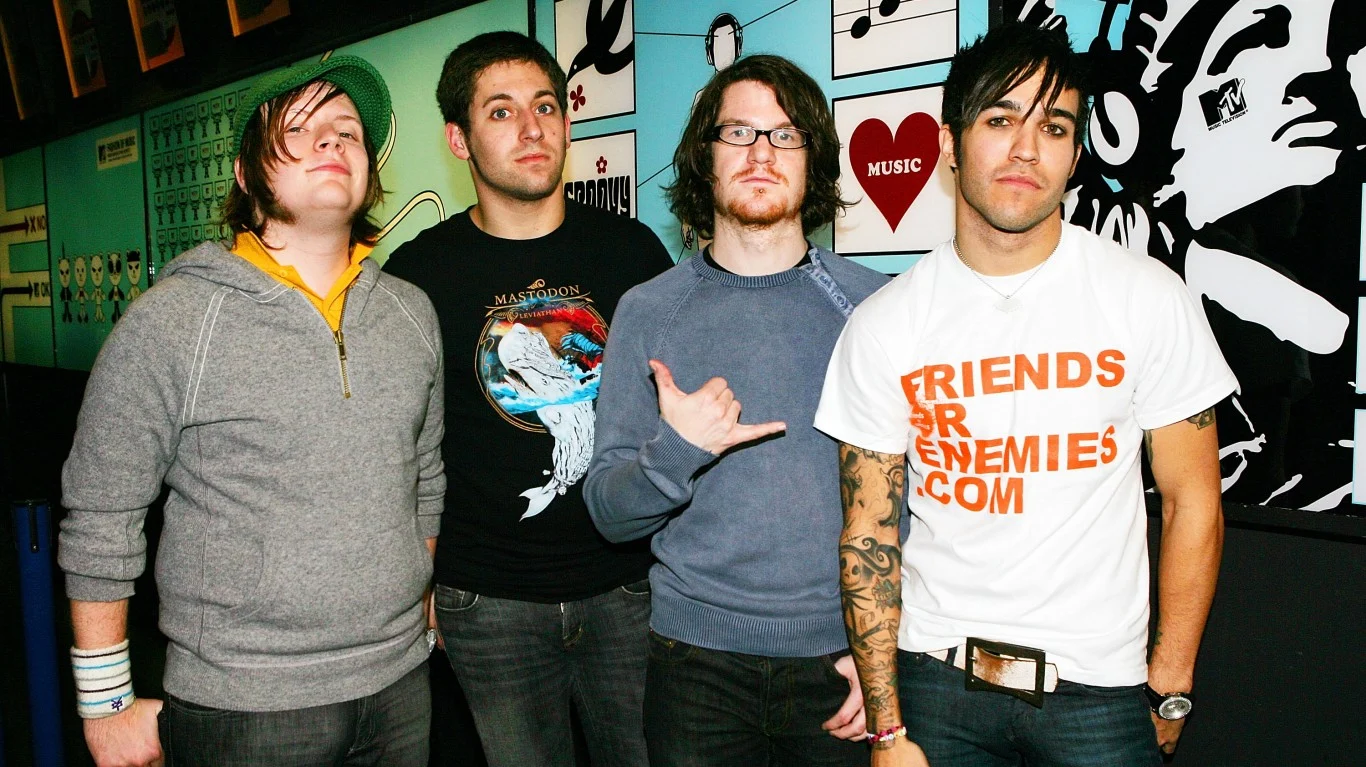
As the 21st century began, pop-punk was on the decline and young listeners continued to crave an angsty, teen-oriented genre that covered the difficulties faced by teens and young adults. Emo filled the gap, providing both a musical genre and a cultural scene for aesthetic fads such as skinny jeans and heavy black eyeliner. Musically, the scene took pages from many predecessor genres, including punk, rock, and metal elements. The songs featured moody lyrics aimed at expressing the pain of mere existence through one’s art. Popular bands included My Chemical Romance and Fall Out Boy, among other bands whose names all seemed to boil down to punchy three-letter acronyms.
However, the beginnings of the emo scene start in the 70s and 80s. The scene evolved alongside the punk scene, featuring a more emotional and introspective foil to the angry, “stick it to the man” lyrics of the punk scene. In the 70s and 80s, people referred to the genre as “emotional hardcore” or “emocore”. In comparison to punk, which focused on being angry at the wider powers that oppress us, emo was bleak and despairing, focusing on the pain that those powers cause and how it feels to live in sadness. However, the 21st-century boom in emo music also drew inspiration from pop-punk, taking upbeat, rock-based tempos and pairing them with the “tortured soul of an artist” lyrics. There was also an even heavier alternative emo genre, screamo, which took metal screaming and attached it to more emo-sounding music.
However, by the mid-2010s, most emo artists had either broken up or changed their sound to become more palatable to mainstream audiences. The sound of emo music at its peak remains a relic of the early Y2K teen experience.
Nu Metal
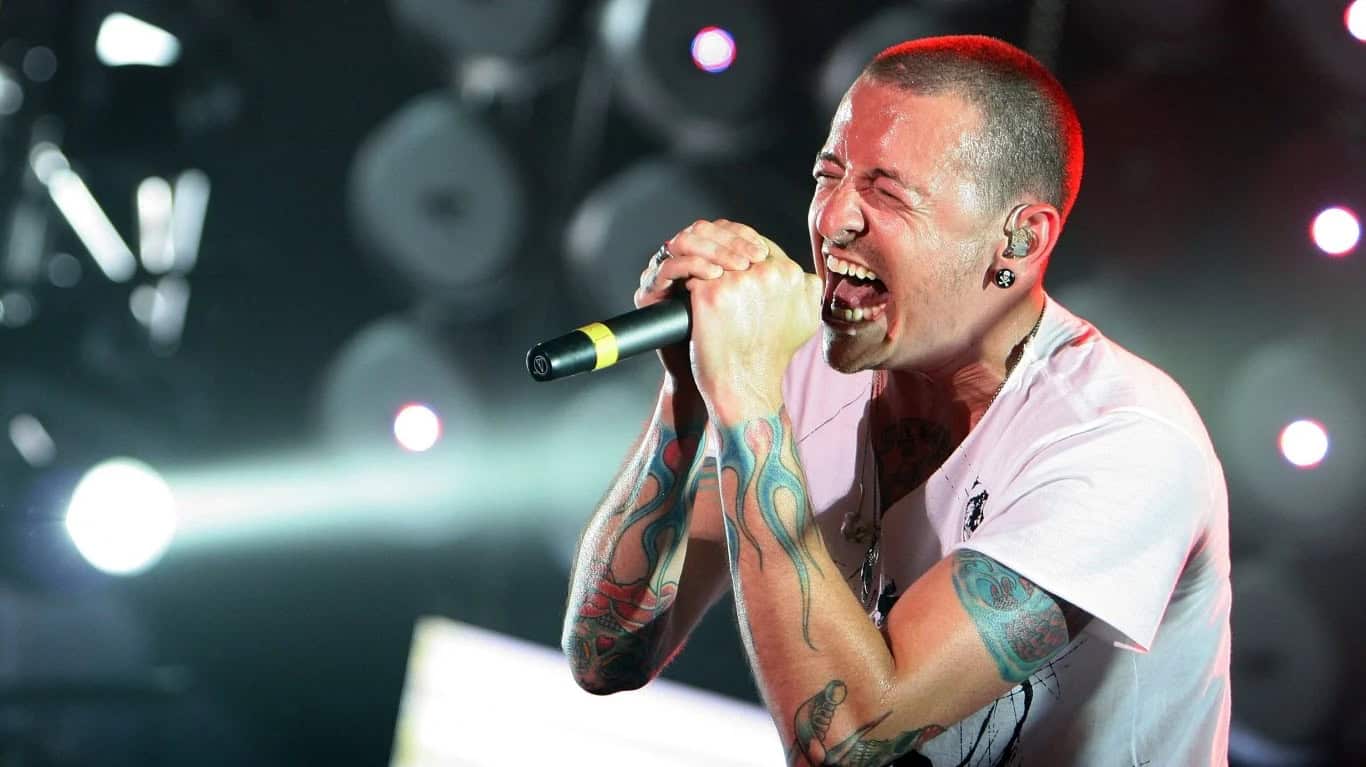
New Urban (Nu) Metal blended together the sounds of metal, rap, punk, and funk into one unique soundscape that had mixed reception in both critical and non-critical spheres. One of the hallmark features of nu-metal is the varied sounds of bands, ranging from more traditional sounds like Rage Against the Machine and Korn to acts like Crazy Town and Kid Rock. However, the genre defines itself with ferociously angry lyrics and amplified beats that could rock a house party or a riot, your choice. The genre became an overnight runaway success when Linkin Park’s Hybrid Theory became a diamond-selling album, projecting nu-metal into the mainstream eye. The problems started there. With nu-metal being the latest and greatest thing, everyone was looking to get on board and capitalize on the success of the genre.
The genre was a dominating force on MTV and the radio for a long time. However, this dominance caused oversaturation of the genre with there being more nu-metal bands than fans and too many cooks in the kitchen. The appeal of nu-metal started to wane as there were too many different bands and none of them could reach the widespread acclaim that would have been necessary to create a music-defining genre. Additionally, traditional metal fans abhorred nu-metal and blamed it for the loss of interest in traditional metal bands, causing a further divide between the subgenres.
Thus, when new metal subgenres, like metalcore, emerged, a lot of nu-metal fans found a new home. They still clashed with traditional metal fans, but unfortunately, nu-metal didn’t follow them into the new era.
Britpop
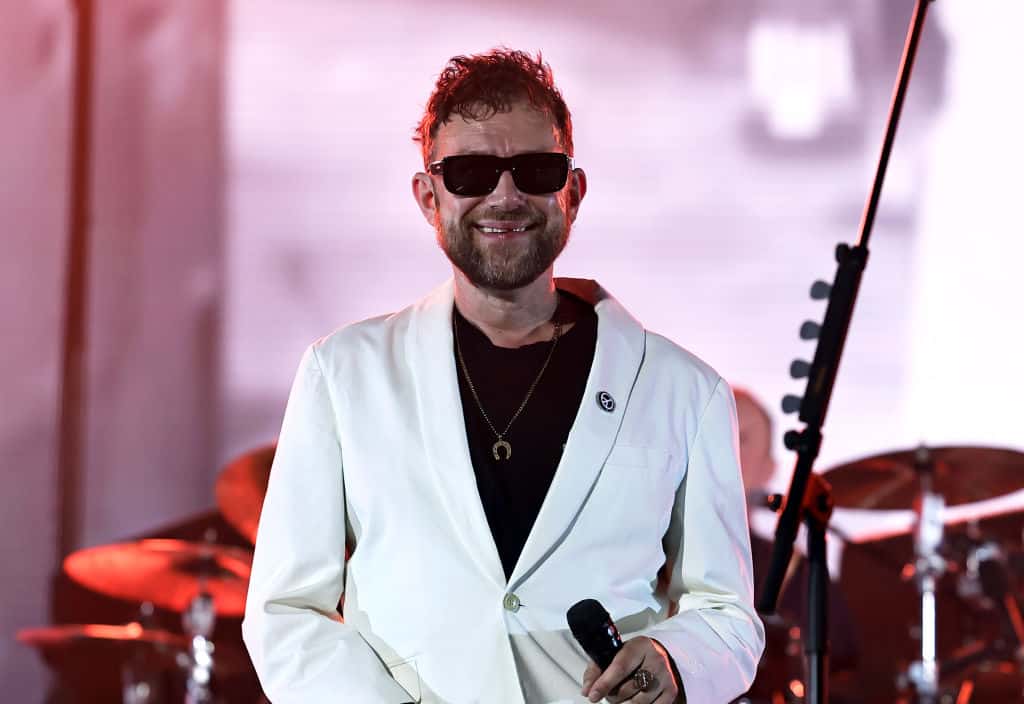
The Britpop genre emerged in the United Kingdom around the same time as the Grunge genre in America. They were heavily contrasting genres with Grunge being simplistic in aesthetic, moody, and dark, and Britpop being perky, fun, and ready for dancing. Britpop featured many English subgenres, such as English alternative rock, and more standard English pop fare. However, the genre hit its peak in the mid-90s with bands like Blur, Oasis, Suede, and Pulp taking the worldwide stage.
The popularity of Britpop was immense but extremely brief. It exploded onto the scene in the mid-90s and was already on the decline in the late 90s. A great deal of the hype surrounding Britpop came from the rivalry between the two bands Oasis and Blur, known as the Battle of Britpop. However, these bands began in-fighting within the groups and damaged their personal and professional reputations with their antics. By the time of the turn of the century, Britpop had disappeared from the global eye and it left little lasting impact on the overall music scene.